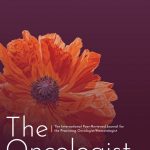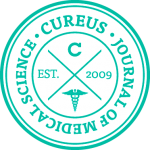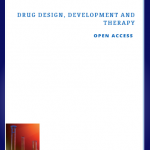A.L. Szeto, F. Rollwagen and W.B. Jonas
Rapid induction of protective tolerance to potential terrorist agents: a systematic review of low- and ultra-low dose research
Homeopathy, 2004, 93 (4), 173-178

Objective: To systematically review the literature on the ability of low-dose (LD) and ultra-low-dose (ULD) toxin exposure to prevent and treat biological and chemical threats.Methods: Laboratory research articles on protection or treatment from LD or ULD exposure for the 13 high-risk chemical and biological warfare threats were collected and systematically evaluated for quantity and scientific quality using pre-defined methodological criteria.Results: Over 2600 articles were screened. Only five studies met the inclusion criteria examining stimulation and protective effects of LD- or ULD-exposures to the 13 pre-identified biological and chemical agents. The quality evaluation (QE) of these studies was above average with a mean QE score of 70.6% of maximum. Two articles of fair to good quality reported both protective and treatment efficacy from exposure of animals or humans to LD- and ULD-exposures to toxins of risk in biochemical warfare.Conclusion: There is little research on agents of biological and chemical warfare investigating the possible use of LD- and ULD-toxins for protection and treatment. The existing literature is generally of good quality and indicates that rapid induction of protective tolerance is a feasible but under-investigated approach to bioterrorist or biowarfare defense. In our opinion, further research into the role of induced protection with LD- and ULD-toxic agents is needed.







